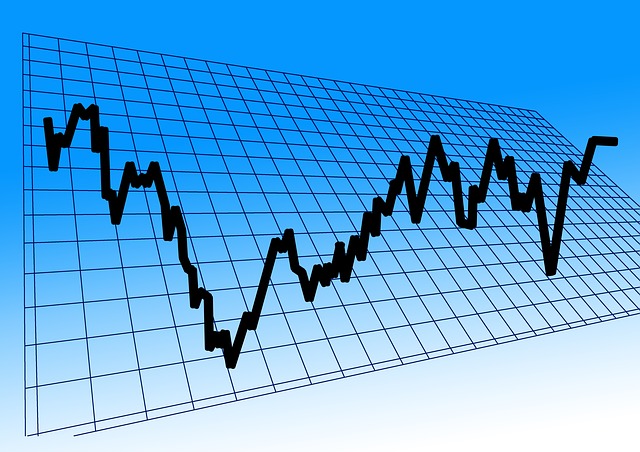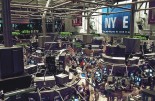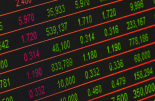Swissquote Bank: The Finish Line
Swissquote Bank: The Finish Line

By Ipek Ozkardeskaya, Senior Analyst at Swissquote Bank
Here we are, on the last trading day of the year. This year was completely different than what was expected. We were expecting the US to enter recession, but the US printed around 5% growth in the Q3. We were expecting the Chinese post-Covid reopening to boost the Chinese growth and fuel global inflation, but a year after the end of China’s zero-Covid measures, China is suffocating due to an unexpected deflation and worsening property crisis. We were expecting last year’s negative correlation between stocks and bonds to reverse – as recession would boost bond appetite but batter stocks. None happened.
The biggest takeaway of this year is the birth of ChatGPT which propelled AI right into the middle of our lives. Nasdaq 100 stocks close the year at an ATH, Nvidia – which was the biggest winner of this year’s AI rally dwarfed everything that compared to it. Nvidia shares gained more than 350% this year. That’s more than twice the performance of Bitcoin – which also had a good year mind you.
Besides Nvidia, ChatGPT’s sugar daddy Microsoft, Apple, Amazon, Meta, Google and Tesla – the so-called Magnificent 7 generated almost all of the S&P500 and Nasdaq100’s returns this year. And thanks to this few handfuls of stocks, Nasdaq100 is set for its best year since 1999 following a $7 trillion surge.
The million-dollar question is what will happen next year. Of course, we don’t know, nobody knows, and our crystal balls completely missed the AI rally that marked 2023, yet the general expectation is a cool down in the technology rally, and a rebalancing between the big tech stocks and the S&P493 on narrowing profit lead for the Magnificent 7 compared to the rest of the index in 2024.
The other thing is, the S&P500’s direction next year is unclear as the Federal Reserve (Fed) is expected to start chopping the interest rates, with the first rate cut expected to happen as early as much with more than 85% probability. So what will the Fed cuts mean for the S&P500? Looking at what happened in the past, the S&P500 typically rises after the first rate cut, but the sustainability of the gains will depend on the underlying economic fundamentals. Lower rates are good for the S&P500 valuations EXCEPT when the economy enters recession within the next 12-months. So that backs the idea that I have been trying to convey here since weeks: lower US yields will be supportive of the S&P500 valuations as long as the economy remains strong, and earnings expectations hold up.
For now, they do. The S&P500 earnings will certainly end a bit better than flat this year, and the EPS is expected to rise by more than 10% next year. The Magnificent 7 are expected to post around 22% EPS growth next year. But note that, these expectations are mostly priced in, so yes, there will still be a hangover and a correction period after a relentless two-month rally triggered a broad-based risk euphoria among investors. The S&P500 is about to print its 9th consecutive week of gains – which would be its longest winning streak in 20 years.
In the FX, the US dollar index rebounded yesterday as treasury yields rose following a weak sale of 7-year notes. But the US dollar is still set for its worse year since 2020. Gold prepares to close the year near ATH, the EURUSD will likely reach the finish line above 1.10 and the USDJPY having tested but haven’t been able to clear the 140 support. In the coming weeks, I would expect the EURUSD to ease on rising expectations from the ECB doves, and/or on the back of a retreat from the Fed doves. We could see a minor rebound in the USDJPY if the Japanese manage to calm down the BoJ hawks’ ambitions. Overall, I wouldn’t be surprised to see the US dollar recover against most majors in the first weeks of next year.
In the energy, crude oil remains downbeat. The barrel of American crude couldn’t extend rally after breaking the $75pb earlier this week, and that failure to add on to the gains is now bringing the oil bears back to the market. The barrel of US crude sank below the $72pb as the US oil inventories slumped by more than 7mio barrels last week, much more than a 2-mio-barrel decline expected. The latter brought forward the demand concerns and washed out the supply worries due to the Red Sea tensions. Note that crude oil is set for its biggest yearly decline since 2020; OPEC’s efforts to curb production and the rising geopolitical tensions in the Middle East remained surprisingly inefficient to boost appetite in oil this year.









